Lesson Planning Ideas: Teaching Phonics

Hello! I am going to begin a little series of teaching ideas. I’m going to start with September. Never mind that we are halfway through the month y’all. The world is spinning fast. I decided to begin this series with word work {a.k.a. phonics instruction}. My hope is to boost your bag of tricks and make lesson planning just a bit easier! Phonics is how I started my school day so it’s up first!
Teaching Phonics
After our morning work, announcements, and morning meeting, we launch into phonics and word study during whole group on the rug.
Fancy Definition:
Explicit phonics instruction is instruction in which the teacher directly tells students the expected outcome, overtly models the skill, and provides students with many opportunities to apply the skill with ongoing feedback.
The critical components of an explicit phonics lesson are outlined below:
-
- Phonemic Awareness Warm‐Up
- Introduction/Review of Sound/Spelling(s)
- Blending
- Word Word
- Decodable Text
- Dictation
Let’s go through each of the above components now, and I will share a couple ideas of how I did this in my classroom! (All resources shared in this post are linked at the bottom)
PHONEMIC AWARENESS
For our phonemic awareness warm-up, we are doing oral activities to review learned patterns and build on our new sound spelling pattern.
These are usually oral and kinesthetic back and forth exercises between class and teacher.
Say it Fast:
I will say a word that is segmented and you will say it fast!
Teacher: dramatically segmenting using a puppet, tapping, fingers, or some visual of separation of sounds. “c—-a—-t”
Class: “Cat!” while giving one clap.
Repeat with about 10 words
Tap it out:
I will say a word fast and you will break it apart and tap it on your arm.
Model word: b—–a——t
b—tap bicep
a—-tap middle crease of arm (elbow area)
t—-tap forearm
say it fast—>slide your hand from your bicep down to your forearm and say, “bat”
Riddles
Teacher: What rhymes with pig but starts with /d/? class: dig!
Teacher: What rhymes with book but starts with /c/? class: cook!
Teacher: What rhymes with hand but starts with /s/? class: sand!
INTRODUCTION/REVIEW OF SOUND SPELLING
Students become excited and inquisitive each Monday (or even Friday afternoon!) asking which new pattern we will conquer for the week. I love introducing the new patterns with anchor words. You can use props, videos, and costumes to really drive home that new pattern with an anchor word. Since I am using short a as my example, I would bring in a large apple or use a realistic decor apple that is large. I could also use a decorative bat (the flying kind) or another fun prop that my students would remember. I would place that prop in a prominent place of our room with the word displayed on it in large color coded letters. (consonants blue and vowels red) Students love to generate a list of rhyming words to go with our anchor words so we do that on chart paper one of the days. (remember to color code or somehow highlight the pattern within the words)
I usually make a little folder on my desktop with the phonics name and then find 3 to 5 phonics videos on youtube that I drag into the folder. As part of our introduction, we will watch a short a video.
Useful Videos!
Here are three videos from my short a folder. The third video is always a hit. My students would always beg for me to be sure to add Geraldine to the folder. Sometimes the sounds are a bit too British sounding, but usually we watch them because they are the perfect amount of learning and silliness for the morning.
BLENDING
I grew up in a phonics heavy elementary school and began my teaching career in a strict phonics based reading program, so I have a thing for teaching blending that is a borderline fetish. I can be one crazy lady when I am teaching my students to blend properly. All you really need is a list of words or a decodable sentence to use.
Display your list on the elmo or in front of your students and only show them one letter of one word at a time. Let’s stick with cat as an example. Uncover the c and say, “sound” /c/ have the students mirror /c/. Then uncover the a and say “sound”, /a/. Students mirror /a/. Then go back and say “sound”, /c/ “sound”/a/. Students mirror /c/ /a/. Next blend the first to sounds by running your finger underneath the c and the a and saying, “blend” /ca/. Students mirror /ca/. Uncover the t and say, “sound” /t/. students mirror /t/. Go back and say “sound /c/ sound /a/ sound /t/” then say, “blend” /cat/ the blended word. At first it feels very strange and choppy to say sound and blend every time, but eventually your students will do this with just your voice and a finger guiding them and will really understand the process. It won’t feel disjointed or choppy at all.
This blending process can be taken to word lists, sentences, and decodable text. I find that teaching this explicitly really makes my life easier when we come to unfamiliar yet decodable words at the reading table. I only have to point and then run my finger under words and students automatically sound sound blend.
WORD WORK
Word work is something that I do both at the guided reading table, and what my students do independently during their guided reading block.
Each
week students work through 5 main activities with our spelling pattern
of the week. I also have bonus activities out for those fast
finishers. These are open ended activities that I rotate throughout the
month.
On Tuesday, students build words with magnetic letters. They also color code the words when they color and write them working on differentiating the consonants from the vowels.
On Wednesday, students read, trace, write, and match the words independently.
On Thursday, students love to do a “dab book”.
Finally Friday! On Friday, students practice their sentence writing! They choose a picture of choice and glue it in the space to the left. Then write a sentence with that word inside.

DECODABLE TEXT
If your school does not provide you with decodable text, you can find it online through Reading A to Z or other a quick search on the internet. It is not the most thrilling or captivating reading material, but it is so important for students to get the chance to practice decoding learned phonics patterns.
DICTATION
Dictation is reading a word or sentence aloud and having students write it down accurately. It is done after students are successful at the other components of phonics. It can be a powerful teaching tool if you give the time to talk it through and correct mistakes together. I dictate words to my kids and let them write on the table with dry erase or on a lined paper when we are working on letter formation and handwriting. Keeping it fresh and different is key. We do this one to two times a week either whole group as I model editing my mistakes and making sure my letter formation is on point etc.
Later, I allow students to do this in partners. We use these phonics recording sheets and students quiz each other at word work as a fun activity. I will throw this into our weekly activities, or keep it as a fast finisher activity.
I love that all of these phonics components can be done within the guided reading block in whole group, small group, and individually.

 Contact Us
Contact Us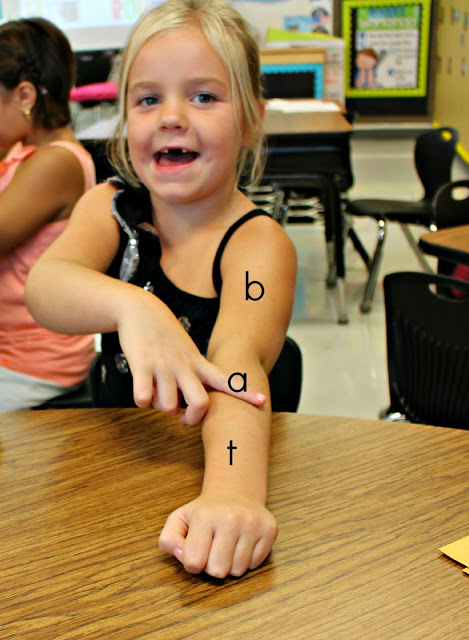

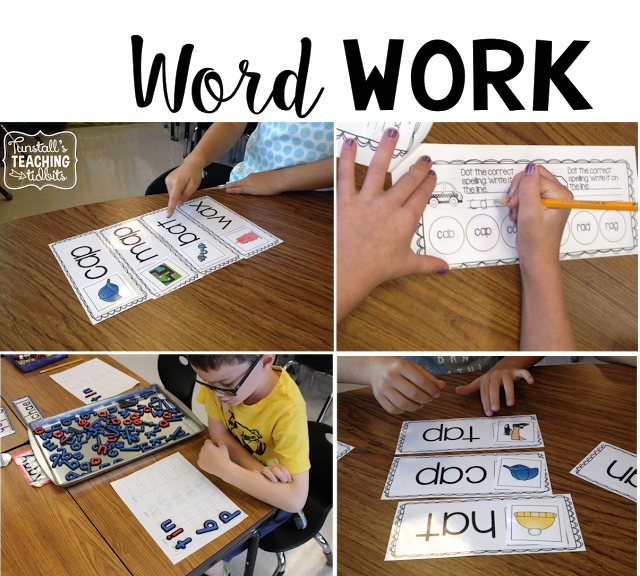
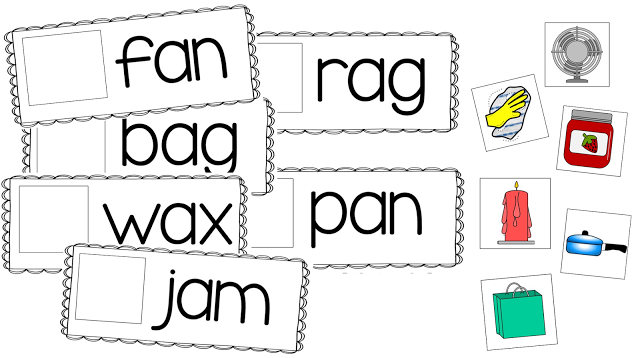

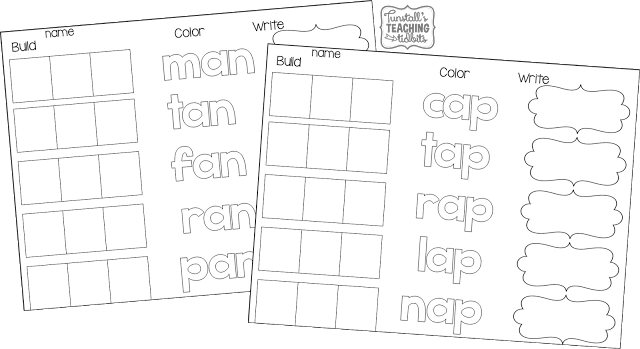

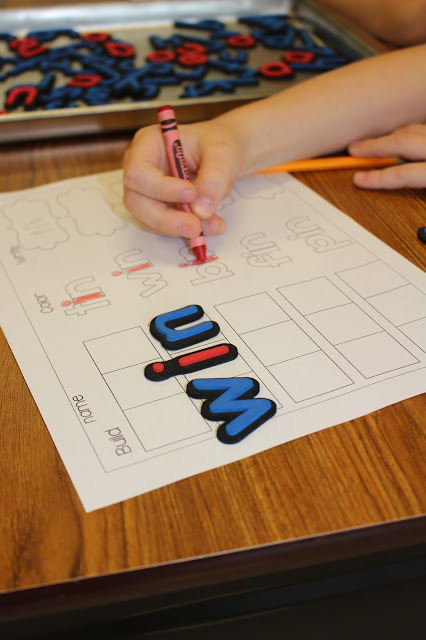
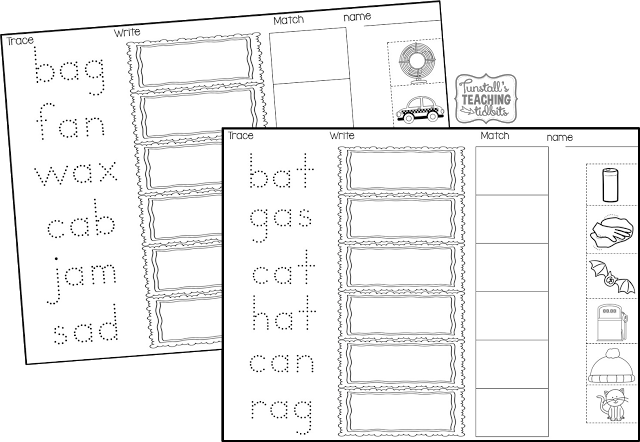
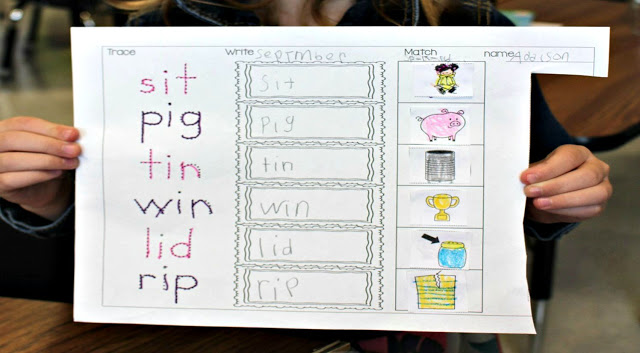
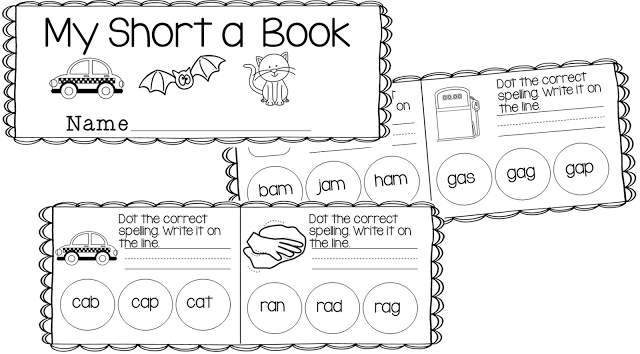
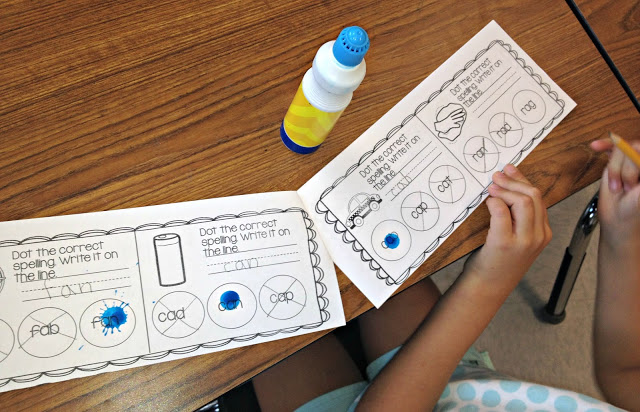
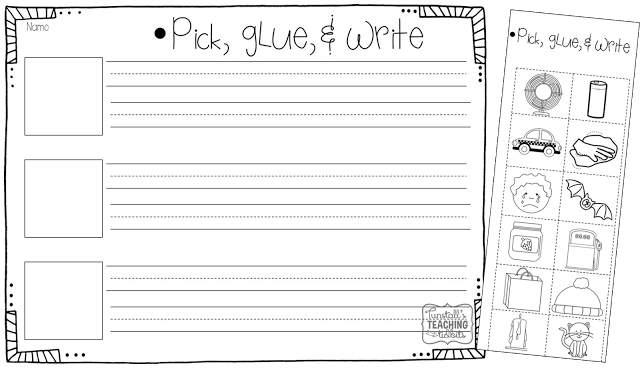
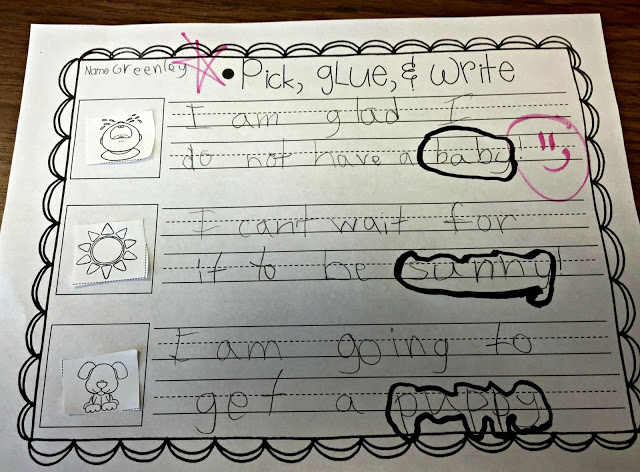
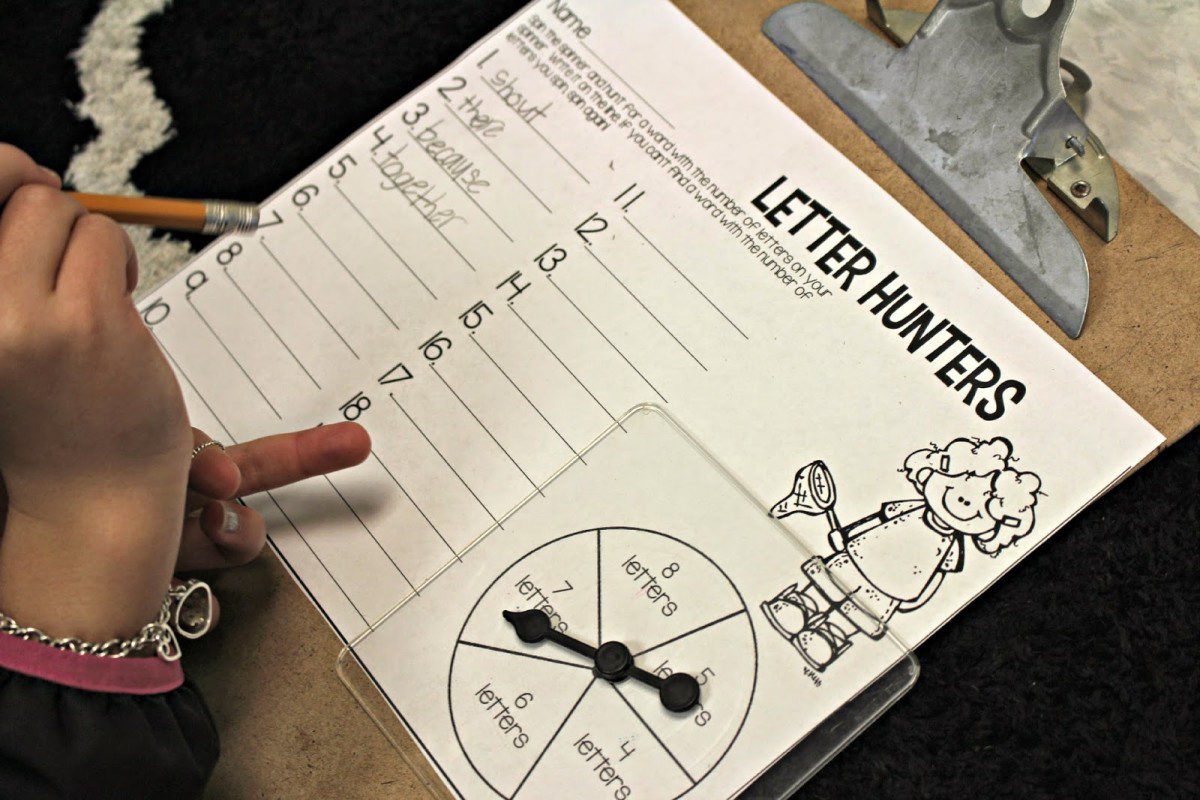
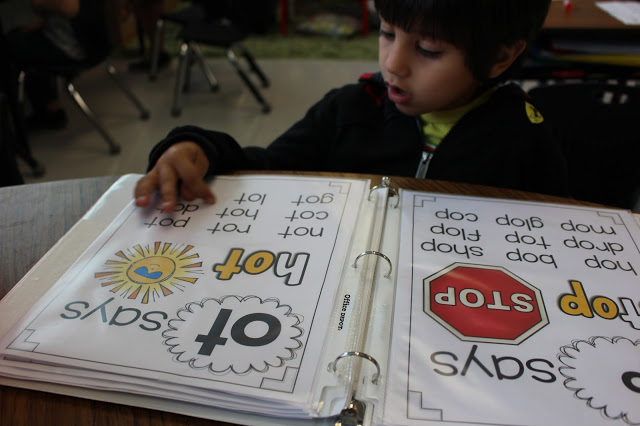
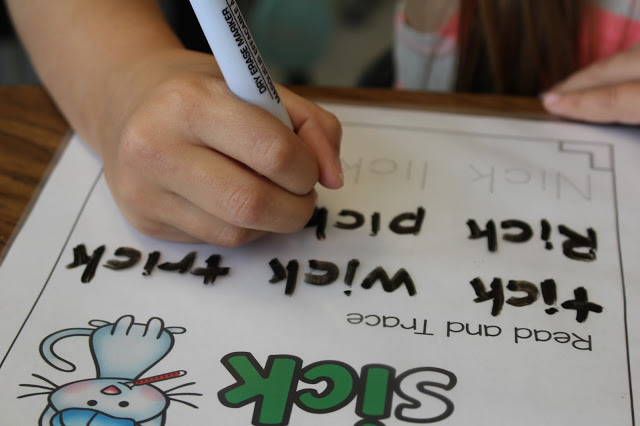
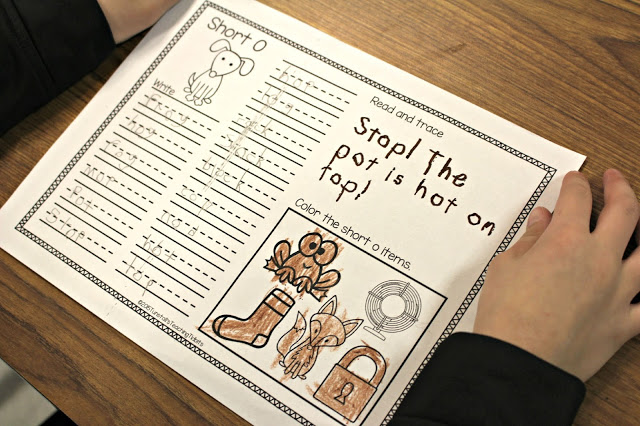
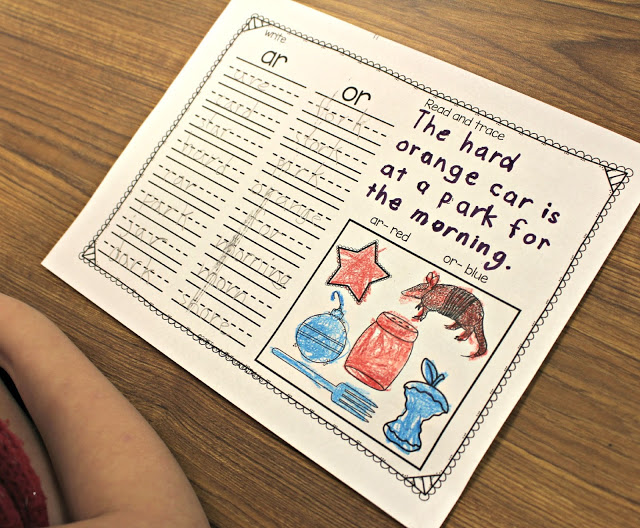
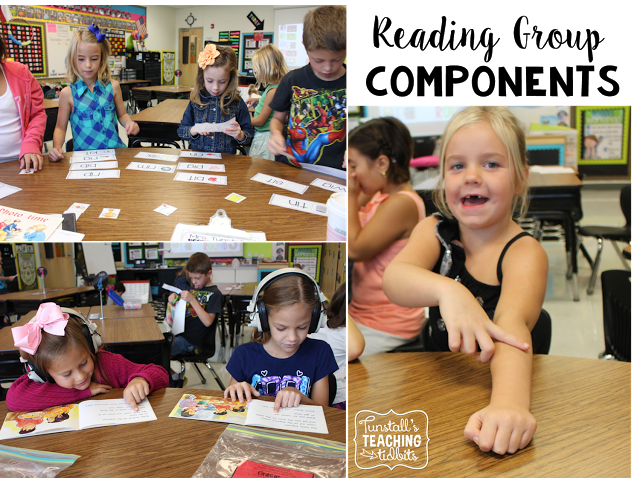
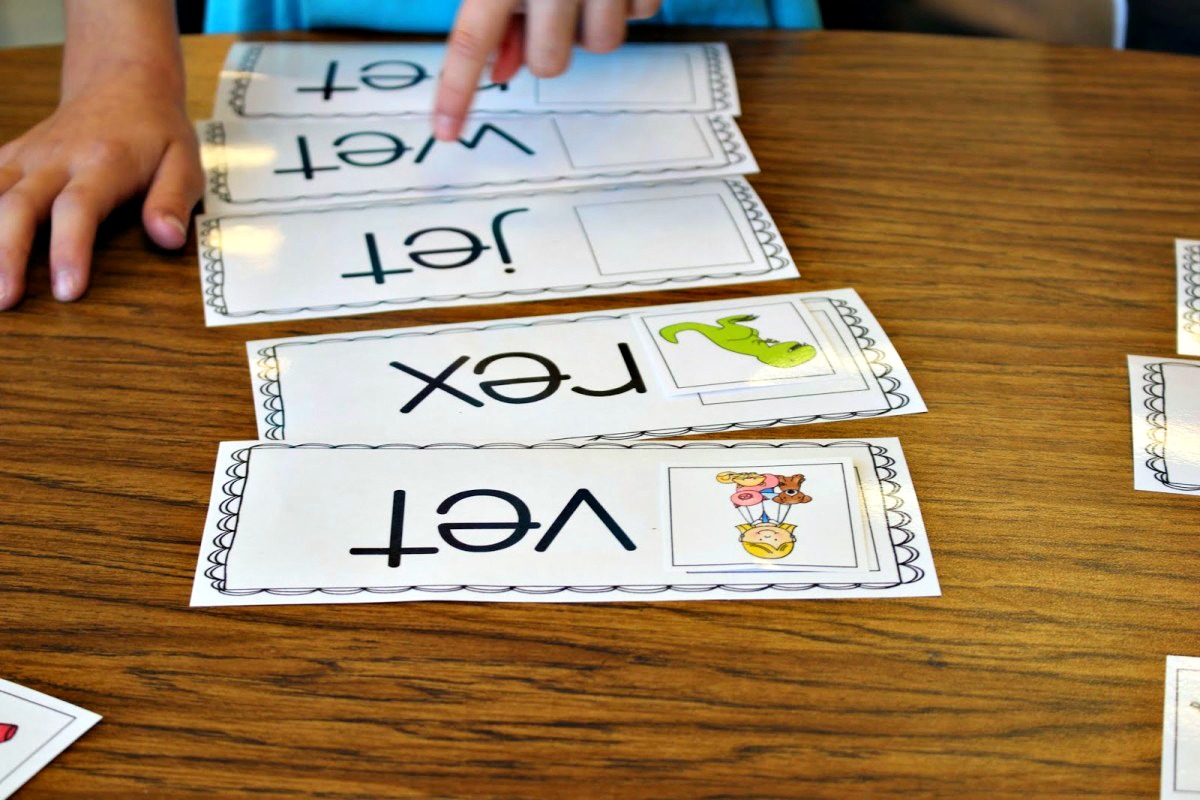
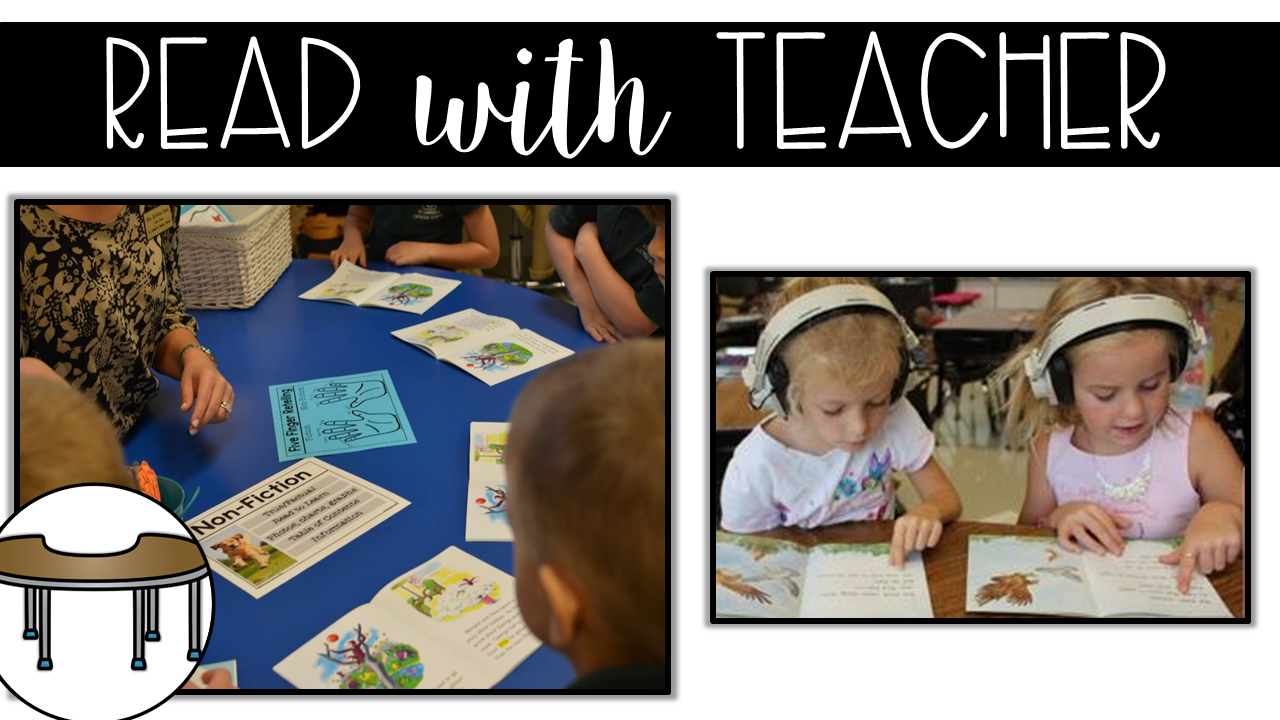

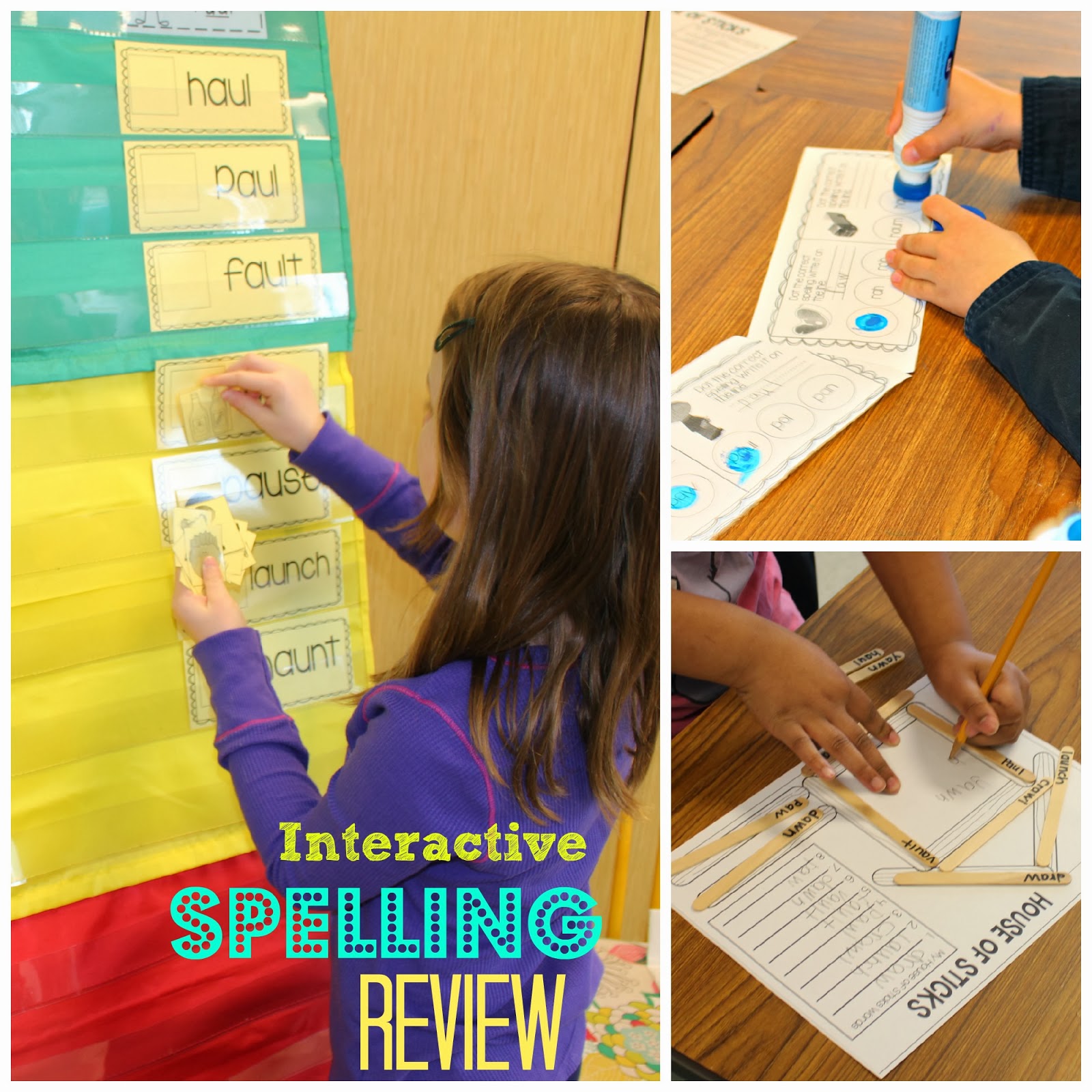
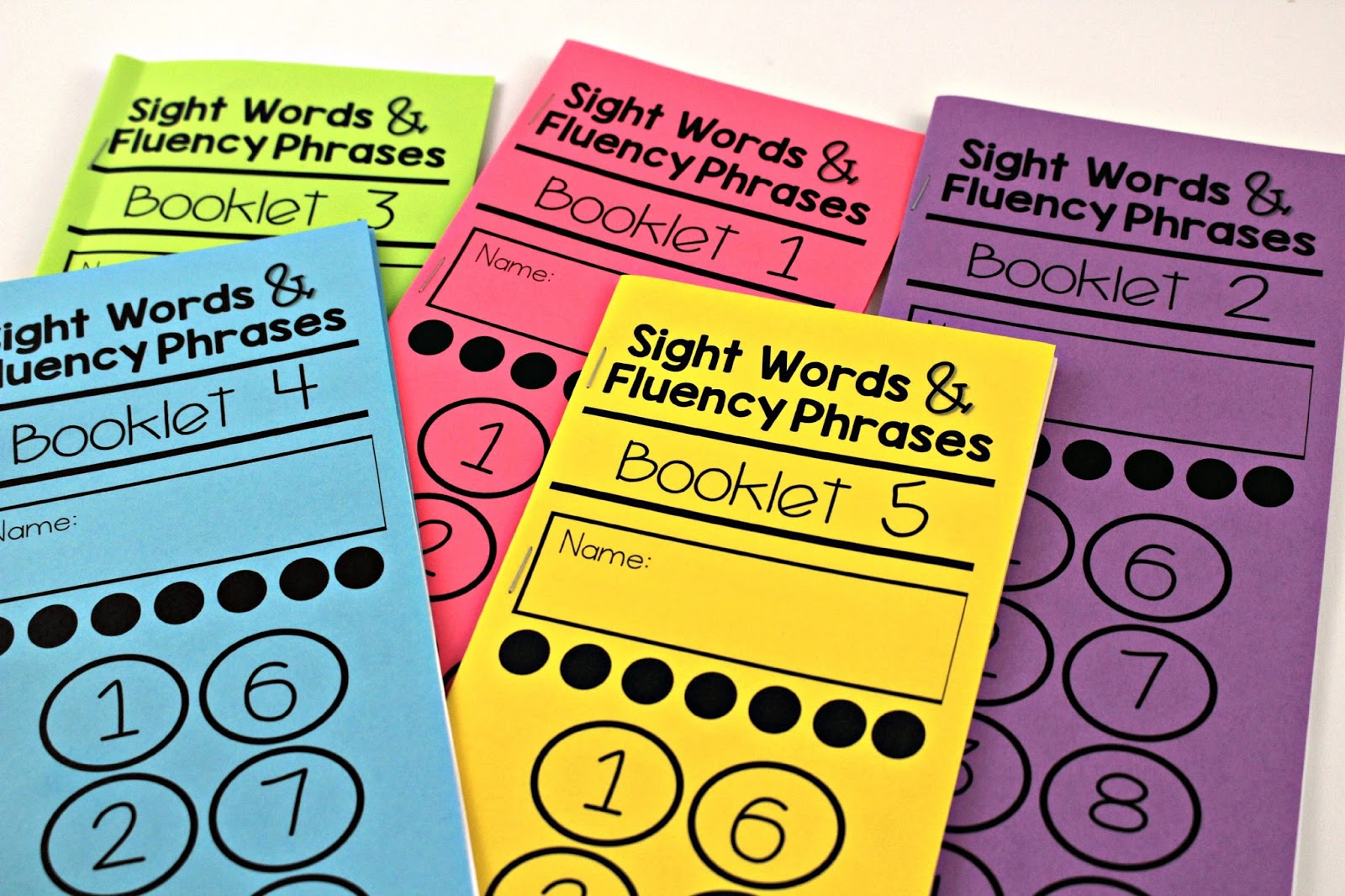

I was wondering how you differentiate your phonics instruction. I know you have explained how you do it in math groups. But what about phonics. So frequently I have students who need more challenge while others are far behind. How do you meet these needs with word work activities??
Also what is the goal sheet you have in your short a pocket chart?
Hi, there! I was just wondering if you read the decodable texts together as a group or if the students read it independently. I was also thinking of having the students reread it and highlight/underline with crayons the phonics pattern. Thanks! 🙂 I teach second, so I think I could have MOST of my students read this independently.
Yes! The first time through I treat it much like any read aloud. Book walk, sight words, vocabulary (if any) and then they read it as I listen. The second time through they highlight the spelling pattern as they read. They take it home for the week.
I'm really diggin' the Word Hunters spinning game. Do you have a suggestion on how to use that at the beginning of the year when there aren't that many words up on the word wall yet?
Melissa
First Grade Frame of Mind
I have more than one version of that in the packet. The easier set asks for letters with 2, 3, 4 letters. You could hand them a little container of kinder sight words to use at the very beginning of the year. I go ahead and put the kinder words up for my firsties at the beginning of the year so we start with those.
*words* with 2,3,4 letters
I was thinking about purchasing The Big Bundle of Phonics, would I have to also purchase the other 10 packets that you listed in order to do everything that you've talked about in your post? I love all of your suggestions, they are very helpful. Thanks, Beverly
Hi Beverly,
The big bundle will give you all the word work activities for all of the patterns. The other units are recommended, but I created them over time and slowly added them to what we were doing
Thanks for sharing your daily phonics plan! Would you be able to share all your phonics videos that you use? I would love to incorporate these into my phonics lessons!
Thanks for another great post!
I liked the way you wrote the article. It was very straightforward and your knowledge on the subject is fantastic. This is very creative and very much helpful for teaching children.
Reagan,
I have already purchased your big phonics bundle and my kiddos love it! Quick question… For the different patterns there are several sheets for one activity (ex: short e- trace write match- has 3 different sheets…) should they do all 3 in one day? Hope this makes sense!
Reagan,
I have already purchased your big phonics bundle and my kiddos love it! Quick question… For the different patterns there are several sheets for one activity (ex: short e- trace write match- has 3 different sheets…) should they do all 3 in one day? Hope this makes sense!
I keep coming back to this post over and over. I love your ideas and I really want my kids to be able to have such great phonics instruction/ word work too. I am thinking about the Monday word sort with matching pictures… how many copies do you make? You said you have them do it with a partner but I imagine you don't have 10 sets or 10 rotations so I am just wondering what that looks like. I hope that makes sense!!
Heather
Kickin' It With Class
This is amazing! Thank you for such a detailed description. I can use a lot of these ideas in my Kindergarten class!
Natalie
http://www.desksecrets.com
I am needing "generic" activities to use with the Readers Workshop model.
Any suggestions would be helpful
How can I get copies of the build, color, write sheets with the word families???? I did not see them on teachers pay teachers except for in the big bundle.
Those are in each of the phonics packets in my store under the spelling/phonics tab on the left hand side.
Hi Reagan,
I’ve been looking into getting some red and blue magnetic letters but can’t seem to find any that look like your. could you please share where you got them from?
Take care,
Stacia
You can find them here. http://amzn.to/1rtaZnF
I really like your pocket chart idea and matching a picture support. The fact that students can apply decoding sounds, work on blending, searching for meaning, and are able to self check with the pictures support is awesome!
Love your detailed information.
Hello. I’m just trying to purchase the word work activities but I don’t see a link for it
I see this is for first grade. Do you have instructions for what you would use for Kindergarten?
There is visibly a bunch to realize about this. I think you made certain nice points in features also.
There is very little free time for teachers even outside of the classroom, leaving educators constantly on the lookout for useful ways to make their job more convenient and effective. Find these lesson planning templates which are extremely helpful in creating lesson plans for free.
Great Blog I Have Read Your Blog It Is Very Useful For Me Thank you for posting and sharing such great information.can you help me in finding out more detail on How to Create Personal Goal Tracker .